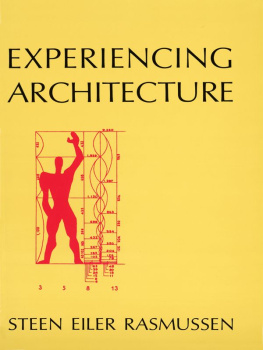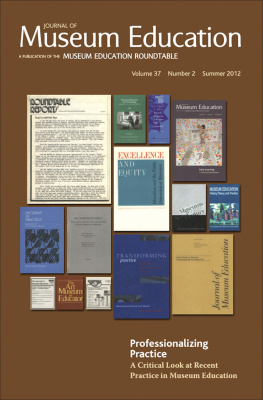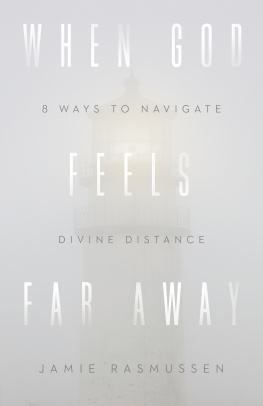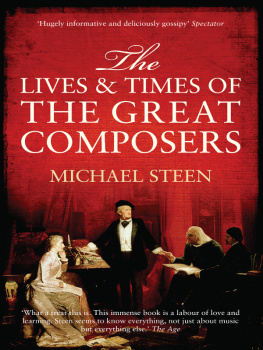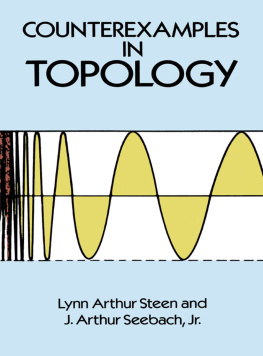Steen Eiler Rasmussen - Experiencing Architecture
Here you can read online Steen Eiler Rasmussen - Experiencing Architecture full text of the book (entire story) in english for free. Download pdf and epub, get meaning, cover and reviews about this ebook. year: 1964, publisher: MIT Press, genre: Religion. Description of the work, (preface) as well as reviews are available. Best literature library LitArk.com created for fans of good reading and offers a wide selection of genres:
Romance novel
Science fiction
Adventure
Detective
Science
History
Home and family
Prose
Art
Politics
Computer
Non-fiction
Religion
Business
Children
Humor
Choose a favorite category and find really read worthwhile books. Enjoy immersion in the world of imagination, feel the emotions of the characters or learn something new for yourself, make an fascinating discovery.
- Book:Experiencing Architecture
- Author:
- Publisher:MIT Press
- Genre:
- Year:1964
- Rating:5 / 5
- Favourites:Add to favourites
- Your mark:
- 100
- 1
- 2
- 3
- 4
- 5
Experiencing Architecture: summary, description and annotation
We offer to read an annotation, description, summary or preface (depends on what the author of the book "Experiencing Architecture" wrote himself). If you haven't found the necessary information about the book — write in the comments, we will try to find it.
Experiencing Architecture — read online for free the complete book (whole text) full work
Below is the text of the book, divided by pages. System saving the place of the last page read, allows you to conveniently read the book "Experiencing Architecture" online for free, without having to search again every time where you left off. Put a bookmark, and you can go to the page where you finished reading at any time.
Font size:
Interval:
Bookmark:
EXPERIENCING ARCHITECTURE

Andreas Feininger: New York
by Steen Eiler Rasmussen

1959
by Steen Eiler Rasmussen
First United States Edition, 1959
Copyright 1962 by
The Massachusetts Institute of Technology
First MIT Press paperback edition, 1964
ISBN 978-0-262-68002-8 (paperback: alk. paper)
Library of Congress Catalog Card Number 62-21637
Printed in the United States of America
40 39 38 37 36 35 34
Preface
I Basic Observations
II Solids and Cavities in Architecture
III Contrasting Effects of Solids and Cavities
IV Architecture Experienced as Color Planes
V Scale and Proportion
VI Rhythm in Architecture
VII Textural Effects
VIII Daylight in Architecture
IX Color in Architecture
X Hearing Architecture
Index
When my previous book, Towns and Buildings, appeared the learned English historian of architecture, John Summerson, wrote that the preface should have contained some reference to whom the book was written for. The reader should have been warned so that he would avoid being disappointed and annoyed when he discovered how elementary the book actually was. Therefore I now hasten to state that I have endeavored to write the present volume in such a way that even an interested teenager might understand it. Not because I expect to find many readers belonging to that age-group. But if it can be understood by a fourteen-year-old then certainly it will be understood by those who are older. Furthermore, there is also some hope that the author himself has understood what he has writtenwhich the reader is by no means always convinced of when reading books on art.
In writing this volume I naturally hope that my architect colleagues will read it and that they will find something of interest in the thoughts and ideas I have gathered during many years. But the book has a further aim. I believe that it is important to tell people outside our profession what it is that we are engaged in. In olden days the entire community took part in forming the dwellings and implements they used. The individual was in fruitful contact with these things; the anonymous houses were built with a natural feeling for place, materials and use and the result was a remarkably suitable comeliness. Today, in our highly civilized society the houses which ordinary people are doomed to live in and gaze upon are on the whole without quality. We cannot, however, go back to the old method of personally supervised handicrafts. We must strive to advance by arousing interest in and understanding of the work the architect does. The basis of competent professionalism is a sympathetic and knowledgeable group of amateurs, of non-professional art-lovers. It is not my intention to attempt to teach people what is right or wrong, what is beautiful or ugly. I regard all art as a means of expression and that which may be right for one artist may well be wrong for another. My object is in all modesty to endeavor to explain the instrument the architect plays on, to show what a great range it has and thereby awaken the senses to its music. But even though I do not propose to pass aesthetic judgments, it is very difficult to hide ones likes and dislikes. If one wants to demonstrate the instrument of an art it is not enough to explain its mechanics as a physicist would. One must, as it were, play a tune on it so that the hearer gets an idea of what it can doand in such case is it possible to avoid putting emphasis and feeling into the performance?
The present volume is about how we perceive things that surround us and it has proved difficult to find the right words for this. More than in any other book, I have struggled with my material in the attempt to formulate it simply and clearly, working it over and over again. But all my exertion would undoubtedly have been unavailing if I had not had illustrations to support the text. Therefore, I would like to thank the Ny Carlsberg Foundation for its help which made the illustrative material possible. I also am greatly indebted to my publishers. That the book has appeared at all is due to the encouragement of Dean Pietro Belluschi of M.I.T. and The M.I.T. Press in Cambridge, Massachusetts. It has been a pleasure to work in close co-operation with Mrs. Eve Wendt who made the translation from Danish and did it so well that I feel that my American and British friends should recognize my voice when reading this book. I am glad to have here an opportunity to express my sincere thanks to her. I also remember with gratitude the pleasant and fruitful co-operation with my friends the printers and the block-makers.
Steen Eiler Rastnussen.
For centuries architecture, painting and sculpture have been called the Fine Arts, that is to say the arts which are concerned with the beautiful and appeal to the eye, just as music appeals to the ear. And indeed most people judge architecture by its external appearance, just as books on the subject are usually illustrated with pictures of building exteriors.
When an architect judges a building its appearance is only one of several factors which interest him. He studies plans, sections and elevations and maintains that, if it is to be a good building, these must harmonize with each other. Just what he means by this is not easy to explain. At any rate, not everyone can understand it any more than everyone can visualize a building merely by looking at the plans. A man to whom I was explaining a project for a house he wanted to build, said deprecatingly: I really dont like sections. He was a rather delicate person and I got the impression that the mere idea of cutting into anything was repulsive to him. But his reluctance may have arisen from the correct idea of architecture as something indivisible, something you cannot separate into a number of elements. Architecture is not produced simply by adding plans and sections to elevations. It is something else and something more. It is impossible to explain precisely what it isits limits are by no means well-defined. On the whole, art should not be explained; it must be experienced. But by means of words it is possible to help others to experience it, and that is what I shall attempt to do here.
The architect works with form and mass just as the sculptor does, and like the painter he works with color. But alone of the three, his is a functional art. It solves practical problems. It creates tools or implements for human beings and utility plays a decisive role in judging it.
Architecture Is a very special functional art; it confines space so we can dwell in it, creates the framework around our lives. In other words, the difference between sculpture and architecture is not that the former is concerned with more organic forms, the latter with more abstract. Even the most abstract piece of sculpture, limited to purely geometric shapes, does not become architecture. It lacks a decisive factor: utility.
The master photographer, Andreas Feininger, has taken a picture showing a cemetery in the Brooklyn-Queens area of New York. The tombstones stand crowded together exactly like skyscrapers in an American city, the very skyscrapers which form the distant background of the photograph.
Seen from an aeroplane high in the air, even the most gigantic skyscraper is only a tall stone block, a mere sculptural form, not a real building in which people can live. But as the plane descends from the great heights there will be one moment when the buildings change character completely. Suddenly they take on human scale, become houses for human beings like ourselves, not the tiny dolls observed from the heights. This strange transformation takes place at the instant when the contours of the buildings begin to rise above the horizon so that we get a side view of them instead of looking down on them. The buildings pass into a new stage of existence, become architecture in place of neat toysfor architecture means shapes formed around man, formed to be lived in, not merely to be seen from the outside.
Next pageFont size:
Interval:
Bookmark:
Similar books «Experiencing Architecture»
Look at similar books to Experiencing Architecture. We have selected literature similar in name and meaning in the hope of providing readers with more options to find new, interesting, not yet read works.
Discussion, reviews of the book Experiencing Architecture and just readers' own opinions. Leave your comments, write what you think about the work, its meaning or the main characters. Specify what exactly you liked and what you didn't like, and why you think so.

